Submitted by Jeancyn Alforque
“What’s old, What’s new” exhibition in Barcelona featuring EUMies Award 2019 winners
Spain Architecture News - May 28, 2019 - 10:36 10516 views
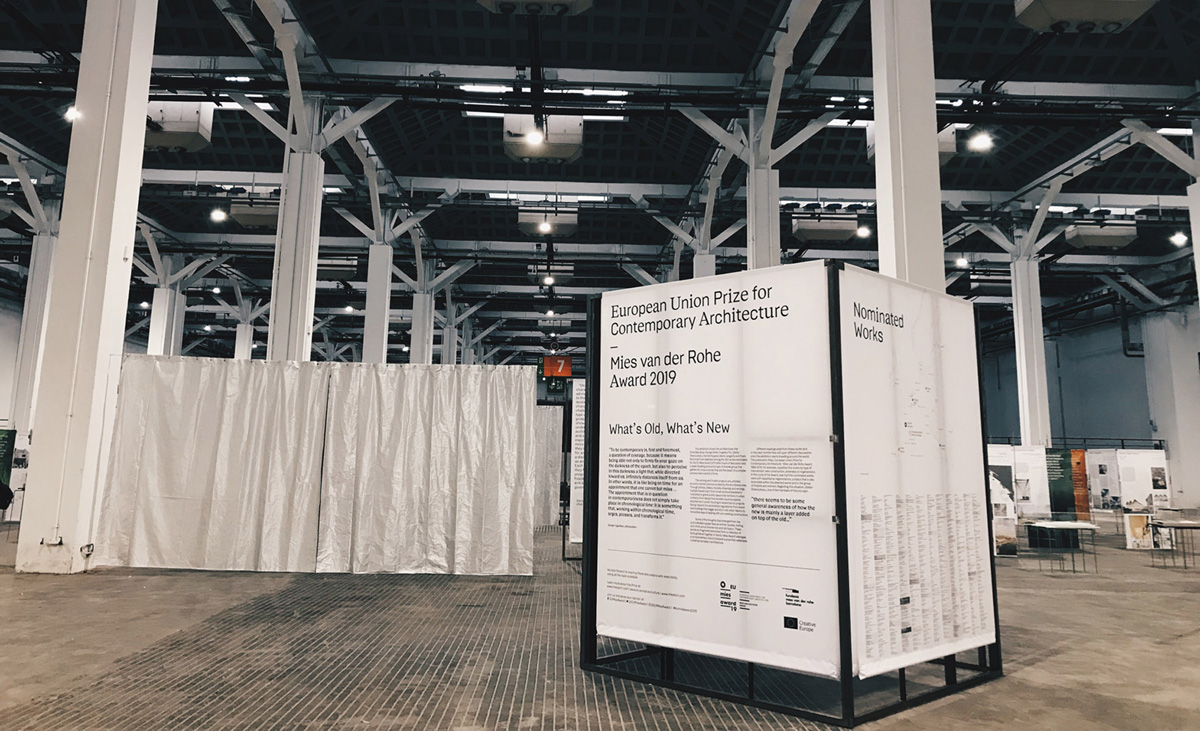
The European Union Prize for Contemporary Architecture – Mies van der Rohe Award, in participation of national architectural associations, Advisory Committee composed of some of the most prestigious European entities in architecture and Fundació Mies van der Rohe, is granted every two years to acknowledge and reward the achievements and contributions of European architects in the development of new concepts and technologies. The award seeks to celebrate the diversity of European architecture, emphasizing its role as both a means to exchange of ideas as well as a unifying element that defines a common European culture. The award also highlights the kind of architecture that bears relevance, social impact and a cultural message.
On the other end, it offers both public institutions and individuals an opportunity to reach a clearer understanding of the role of architecture in shaping culture and society as well as its importance in the development of sustainable cities and communities. Furthermore, the Award sets out to foster greater recognition of professional architects throughout the European Union and by supporting young architects as they set off on their careers.
“One thing that characterizes the winners and the finalists is their strong desire to make a change, whether to challenge a function, type or use. This group of projects showcases a thorough understanding of architectural quality and a high level of expertise, but even more importantly, they set new standards for architecture as a discipline as well as an agent of change," Dorte Mandrup, Chairman of the jury.
This year, under the main themes “adaptive reuse of existing structures”, “building for collective living” and “buildings in the areas of culture and education”, 383 works from 238 cities in 38 countries have been nominated by 76 independent experts, the national architecture associations and the Prize Advisory Committee. The jury composed by Dorte Mandrup, Frank McDonald, María Langarita, Kamiel Klaasse, Ștefan Ghenciulescu, Angelika Fitz and George Arbid, have shortlisted 40 projects from where 5 finalists were selected: Terrassenhaus Berlin / Lobe Block; Plasencia Auditorium and Congress Centre; PC CARITAS in Melle; Skanderbeg Square in Tirana and the transformation of housing blocks in Bordeaux.
On April 10, the European Commission and the Fundació Mies van der Rohe announced the winner - The Transformation of 530 Dwellings - Grand Parc Bordeaux by Lacaton & Vassal architectes, Frédéric Druot Architecture and Christophe Hutin Architecture with AQUITANIS, the home public office of Bordeaux Métropole, as the client. The work is an innovative renovation of three huge apartment buildings in Bordeaux, transforming dwellings into new forms of living spaces where the design carefully incorporates the existing qualities that should be preserved, and at the same time supplements what is lacking. The project challenges the existing European housing stock using minimal resources to achieve a maximum effect. The design offers a fresh approach to social housing with larger spaces that understand the needs of its inhabitants.
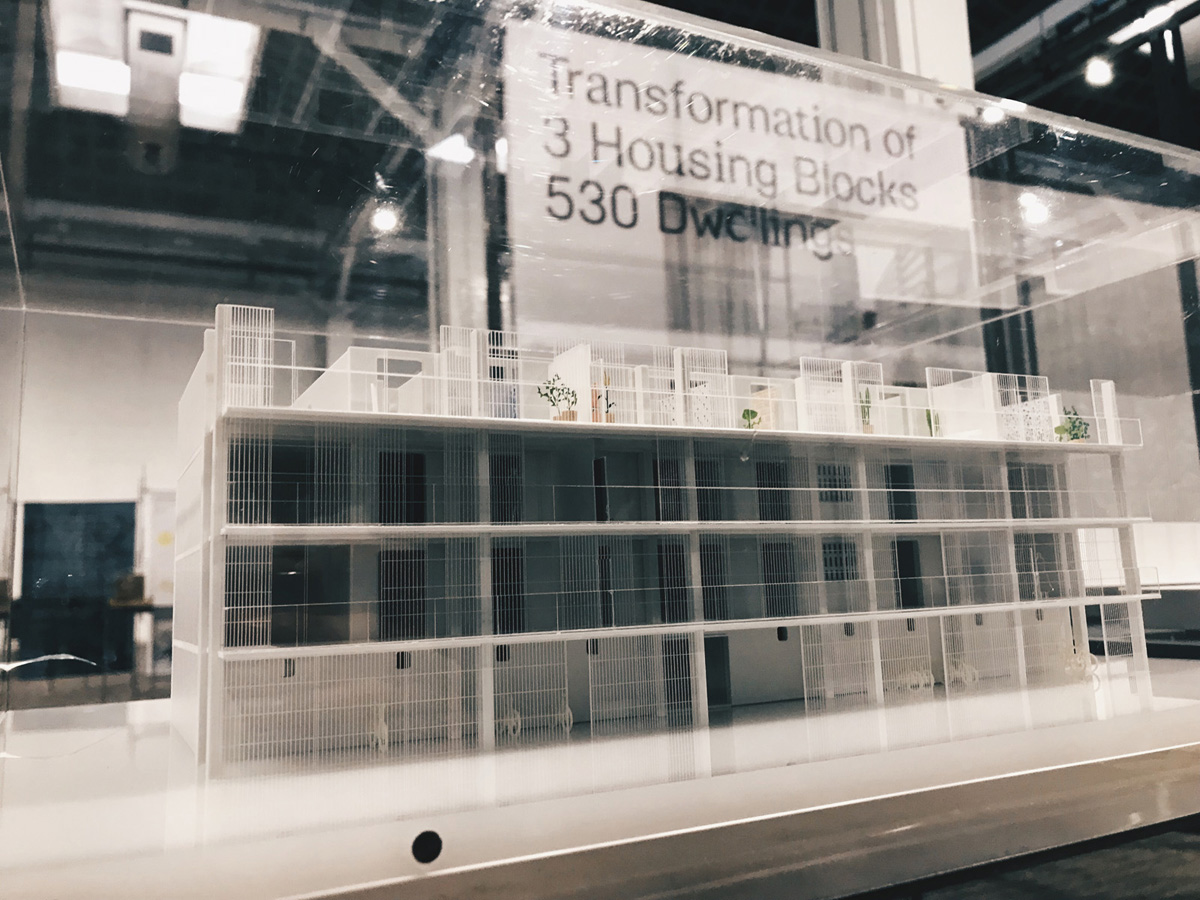 Transformation of 3 housing blocks 530 dwellings model. Image © Jeancyn Alforque
Transformation of 3 housing blocks 530 dwellings model. Image © Jeancyn Alforque Transformation of 3 housing blocks 530 dwellings display material. Image © Jeancyn Alforque
Transformation of 3 housing blocks 530 dwellings display material. Image © Jeancyn Alforque
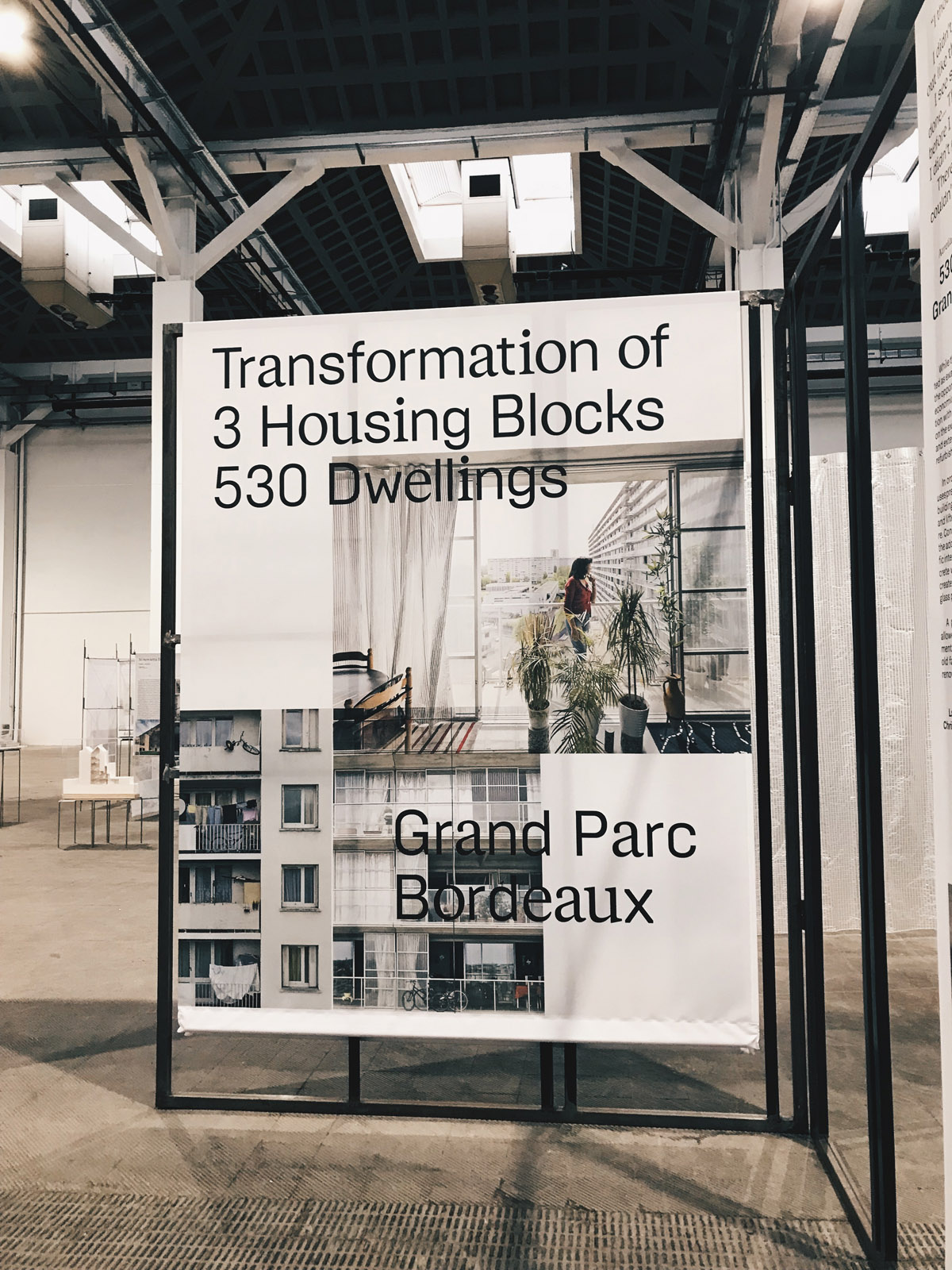 Transformation of 3 housing blocks 530 dwellings display material. Image © Jeancyn Alforque
Transformation of 3 housing blocks 530 dwellings display material. Image © Jeancyn Alforque
The 2019 Emerging Architecture prize has also been awarded to the Toulouse studio BAST for the School Refectory in Montbrun-Bocage, Haute-Garonne, near the French Pyrenees. The canteen is the extension of the existing school for 61 pupils that physically but not visually frames the courtyard.
The modest approach of the design takes account of the context of the village and the immediate landscape, thereby creating a seamless combination of these elements. As expressed by Benjamin Aubry, architect and expert of the EU Mies Award, the simplicity of its devices and construction offers generous space, excellent capacity of use and immense poetry.

To showcase the winners, the EU Mies Award 2019 exhibition, titled "What’s old, What’s new", was organized and currently displayed by the Fundació Mies van der Rohe in Barcelona which will run until 10th of June and will circulate around key cities in Europe. The exhibit will also show models, texts, videos, sketches and drawings of the 40 other shortlisted works.
The winners are unfolded around a central core surrounded by the shortlisted ones. Through photos, videos, models, drawings and writings, evident are the diversity and variety of the designs, concepts and approaches ranging from small works embedded in rural areas to grand public space interventions in the urban setting; as well as to devices that provide spatial experiences in public housing, experimental projects that go beyond the established regulations and also the brand new buildings that revitalizes old urban areas.
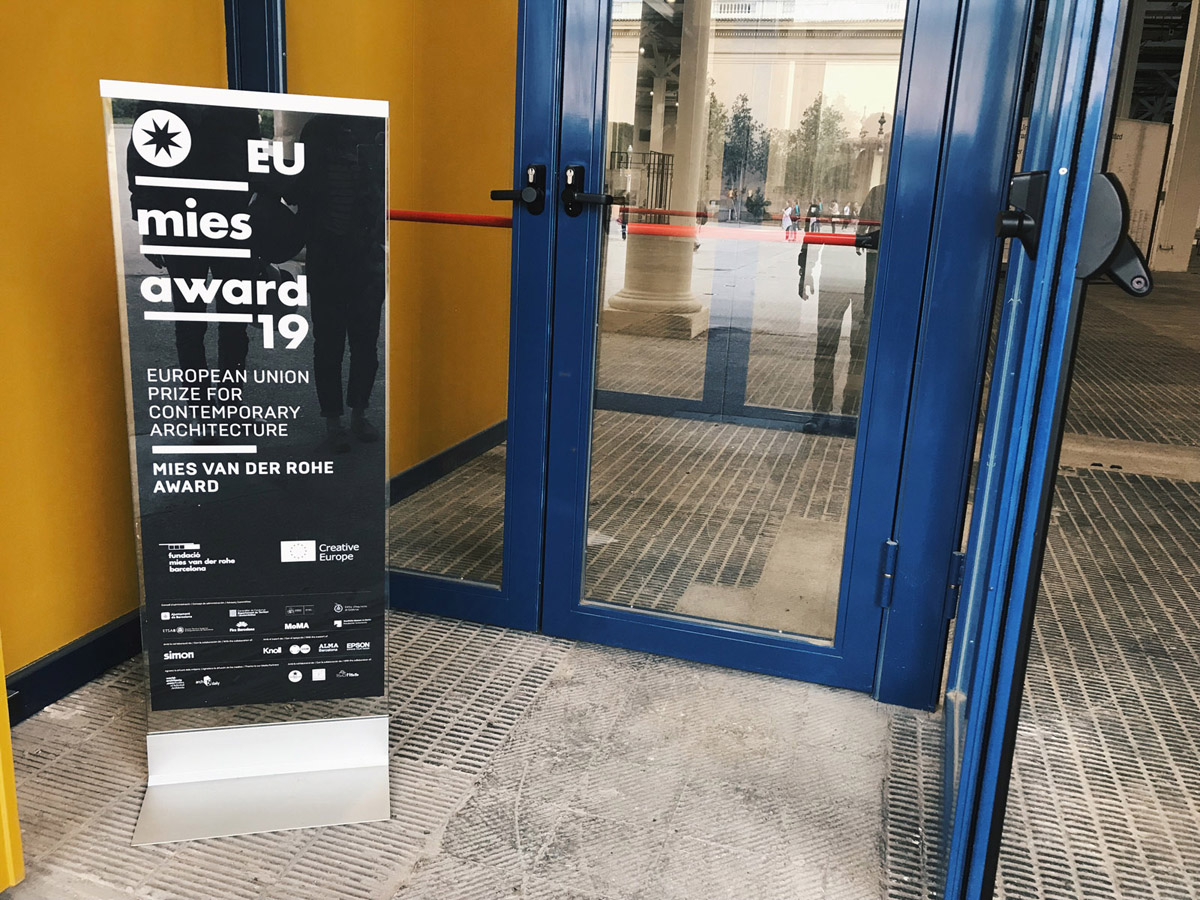
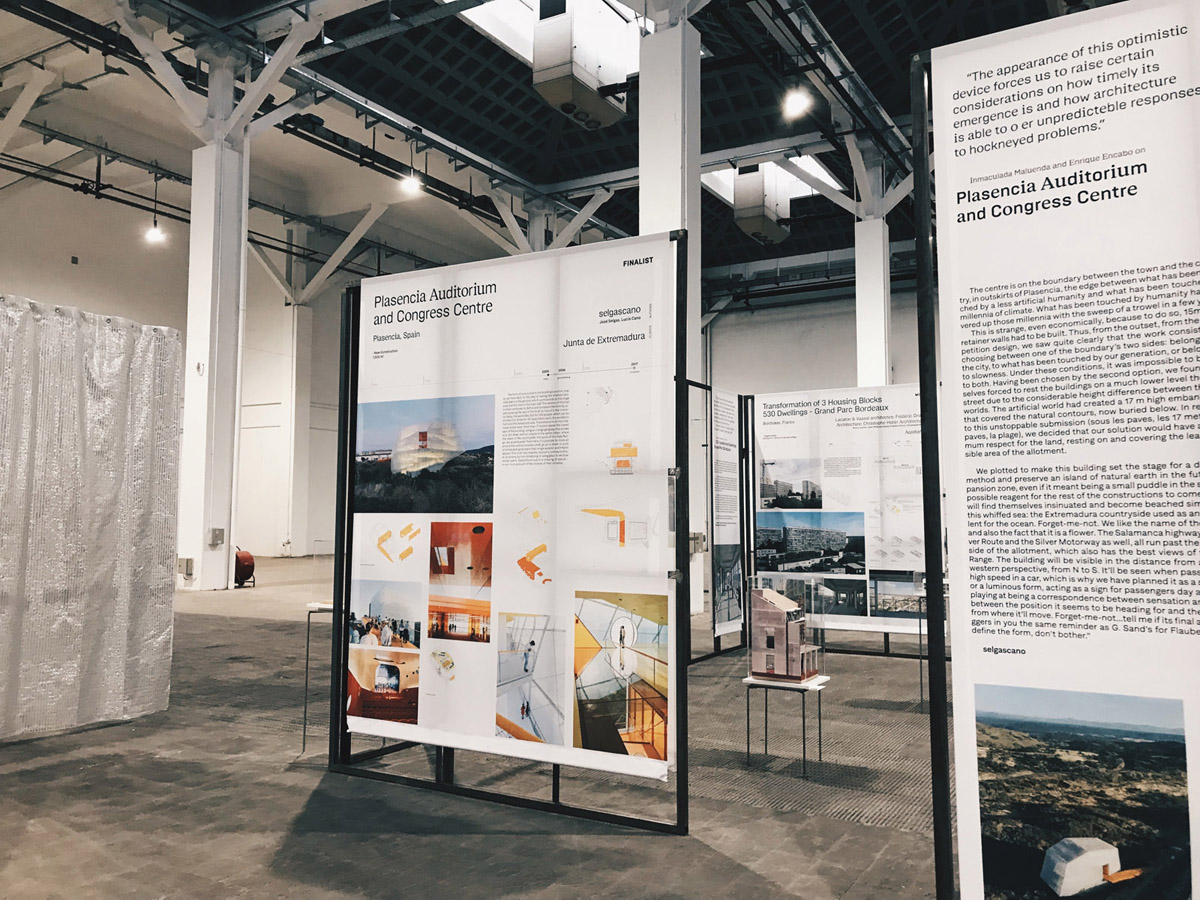 Plasencia Auditorium and Congress Centre. Image © Jeancyn Alforque
Plasencia Auditorium and Congress Centre. Image © Jeancyn Alforque
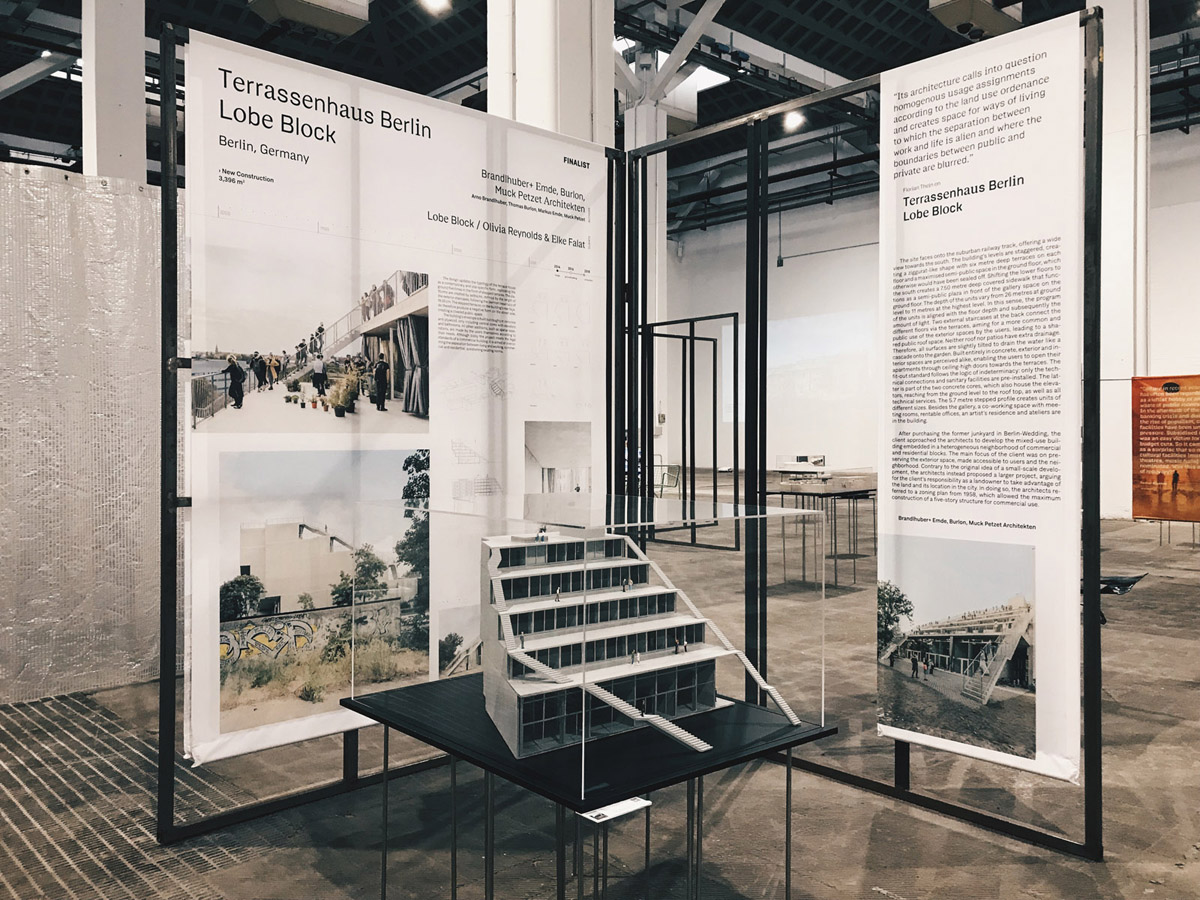 Terrassenhaus Berlin. Image © Jeancyn Alforque
Terrassenhaus Berlin. Image © Jeancyn Alforque
 Skanderbeg Square in Tirana. Image © Jeancyn Alforque
Skanderbeg Square in Tirana. Image © Jeancyn Alforque
Simultaneous with the exhibit and in line with the Setmana d'Arquitectura (Architecture week) in Barcelona, is a street exhibition located in different the Barcelona districts where stand-alone print materials strategically placed in public spaces, serve as extension of the exhibition. This aims to reach a wider audience and for those who could not visit the exhibit at the venue. The works of this exhibition are easy to find and everyone is invited to learn more about this endeavor.
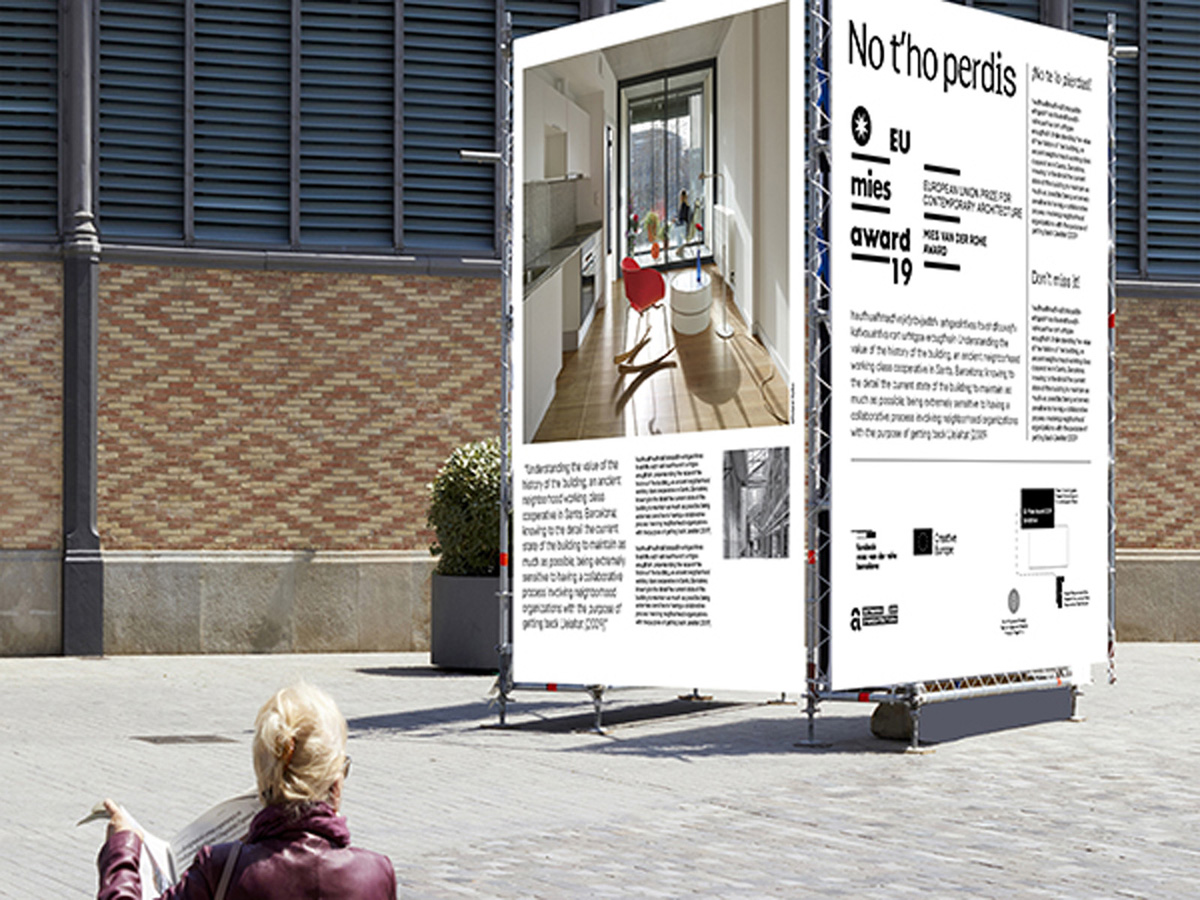 Street exhibition. Image © Fundació Mies van der Rohe
Street exhibition. Image © Fundació Mies van der Rohe
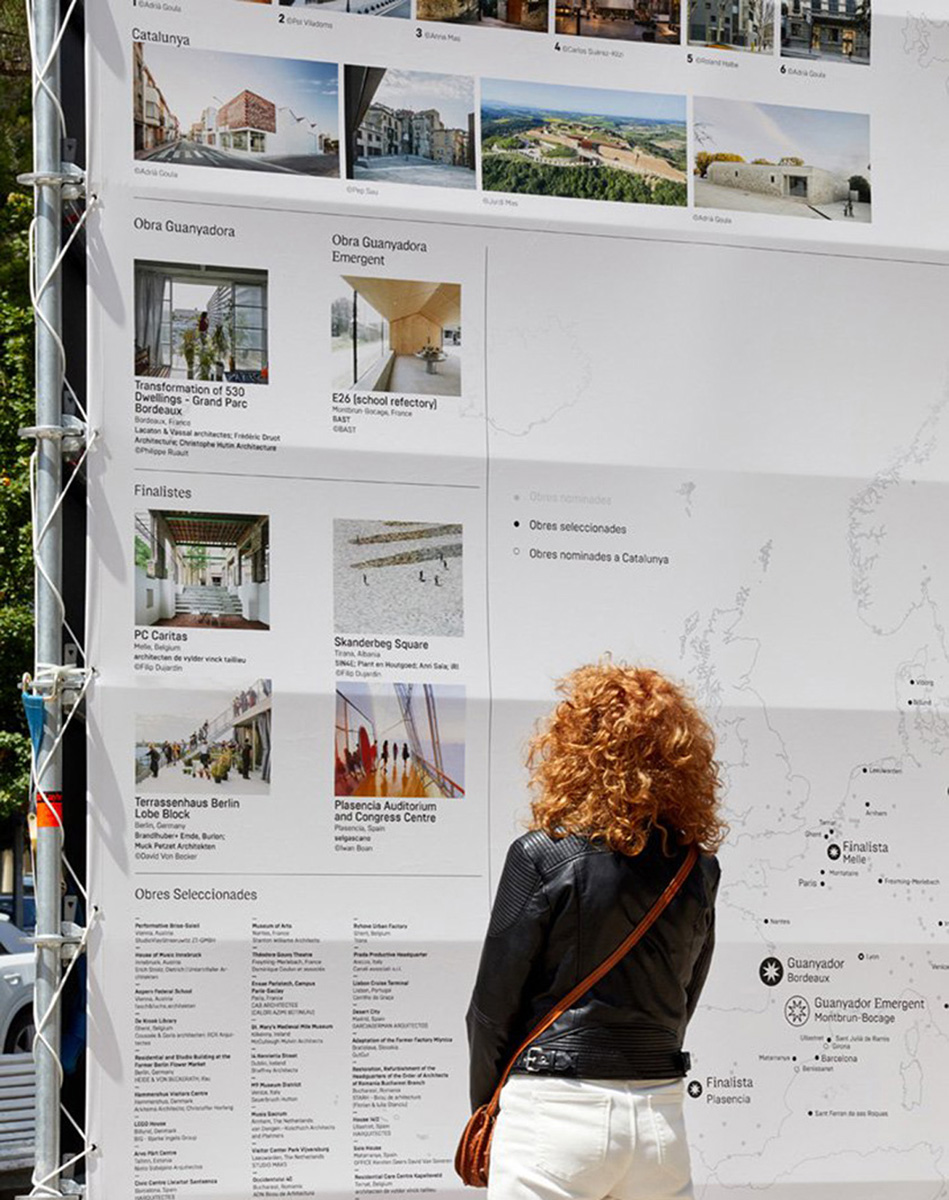 Street exhibition. Image © Fundació Mies van der Rohe
Street exhibition. Image © Fundació Mies van der Rohe
Cover image © Jeancyn Alforque